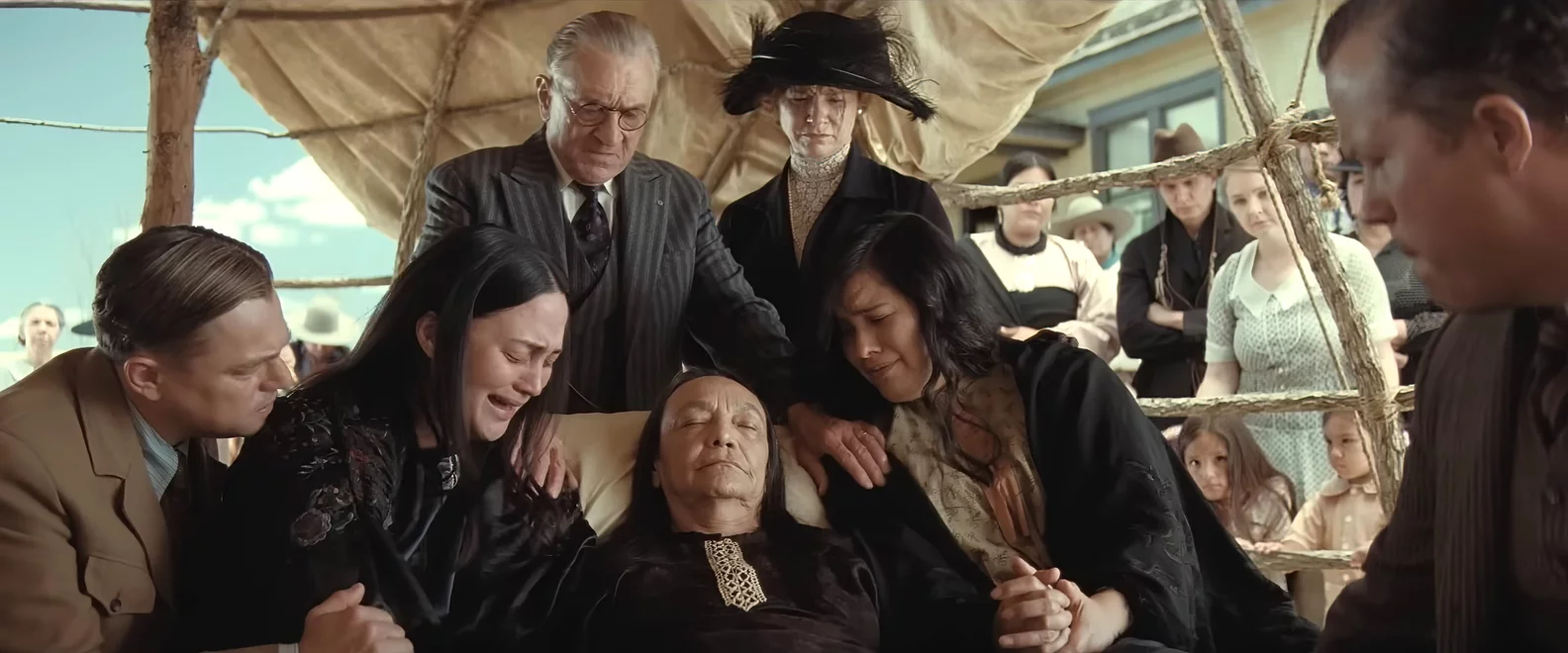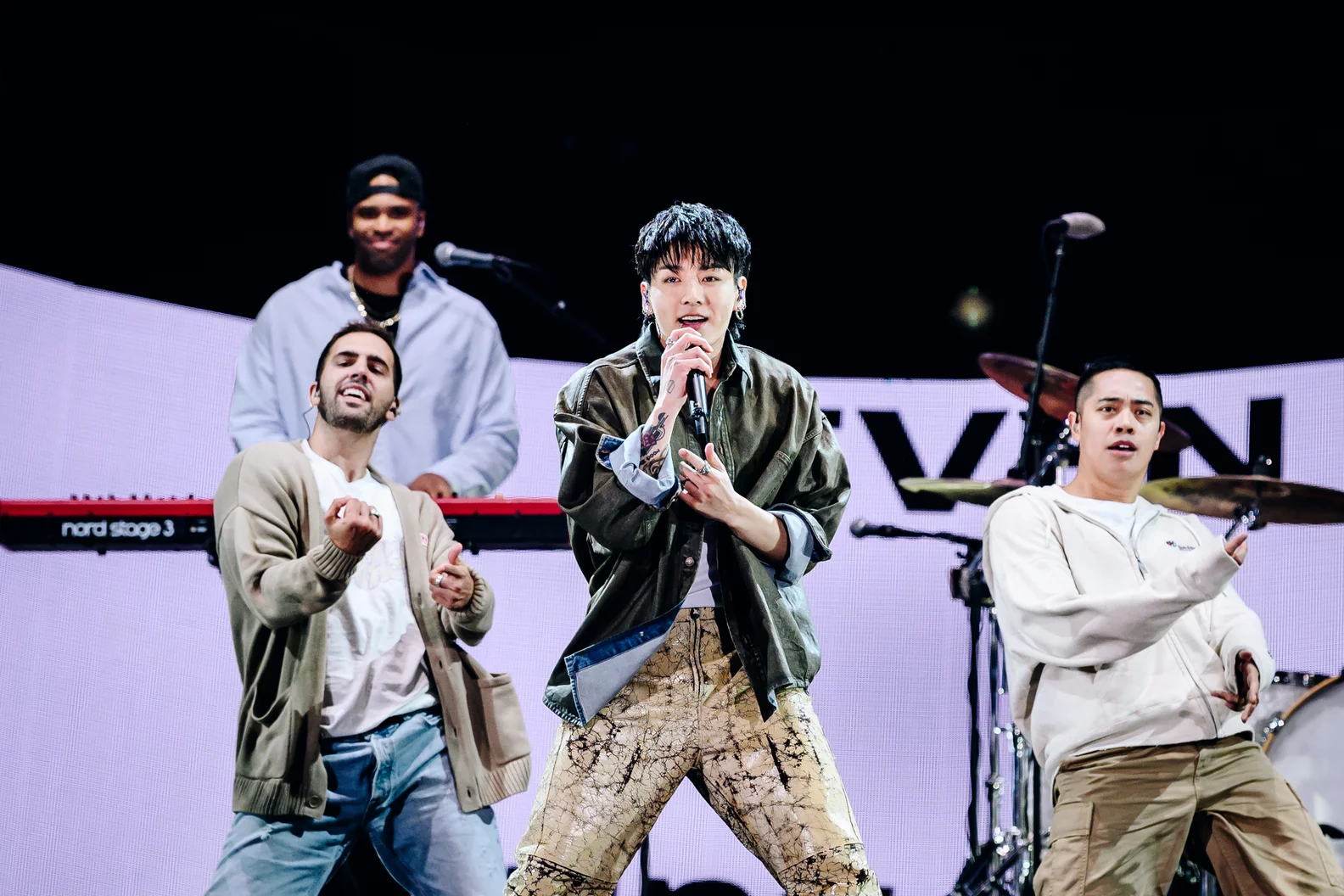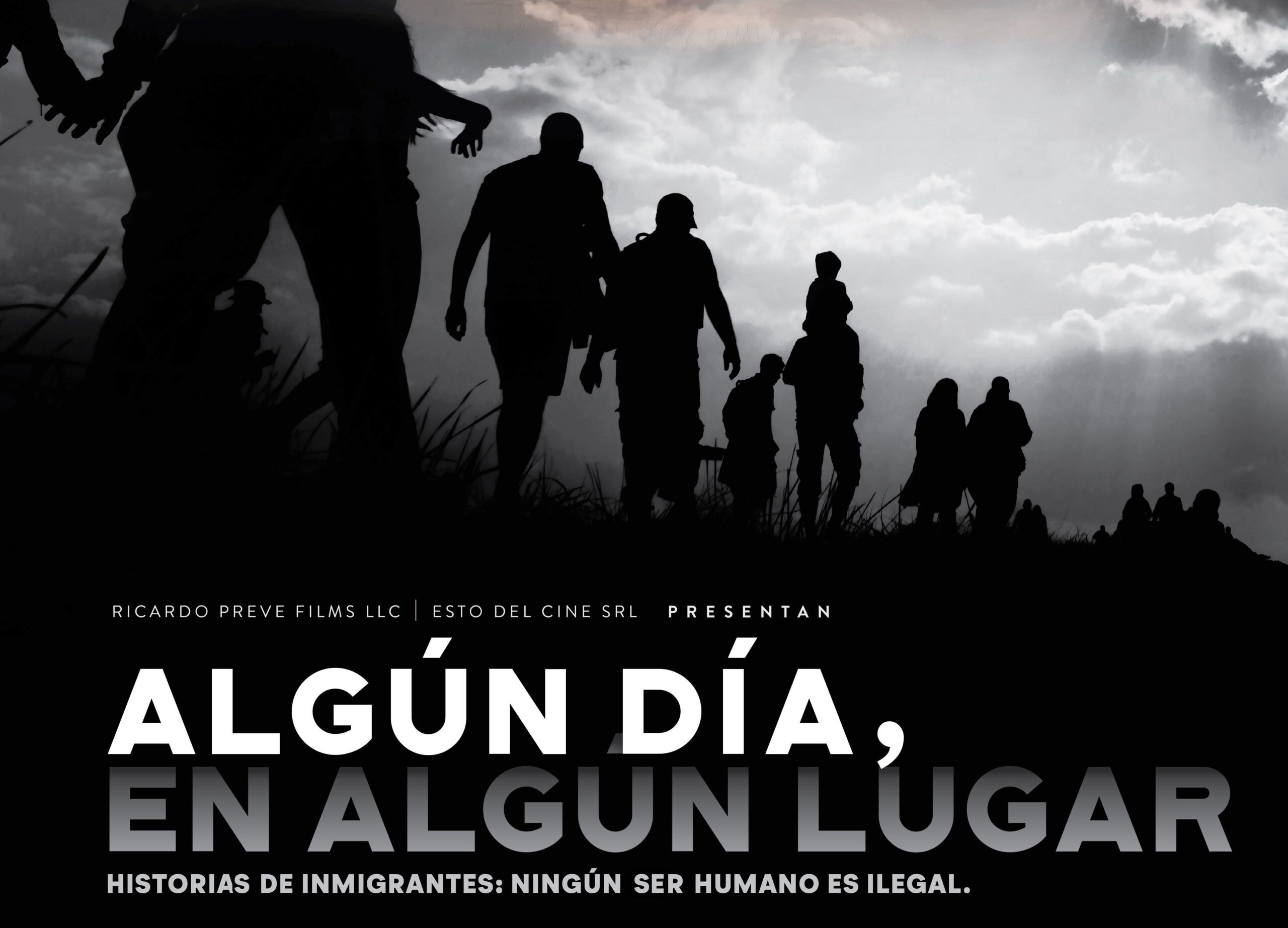“Killers of the Flower Moon” Proves Hollywood Isn’t Making Movies For Native Women Like Me
Content warning: This story includes mentions of sexual abuse and violence. Imagine a scenario where you watch a new

Content warning: This story includes mentions of sexual abuse and violence.
Imagine a scenario where you watch a new movie featuring a character who looks like you, or at the very least looks like your mother or father or your child. You have the same features, skin tone, religion, community, or culture. This character represents you and you see this character often: in the movies you watch with your children, the comic books you read as a teenager, the video games you’ve played all your life. You should be happy to see them. You want to be happy to see them.
But every time you see them, it’s like a ticking clock: whenever this character appears in any story, it’s only a matter of time before they are abused, raped, or murdered. They die by disease, suicide, or overdose. They are in jail, in loveless relationships; they are rejected and abandoned. If they’re painted in a more sympathetic and likable way, they usually die to push the narrative of another character: the hero that does not look like you.
Survival is rarely afforded to this character. The ones who live to see the end usually do not keep their dignity intact. Something is always broken and degraded and stolen.
How many times can you watch your father die before it becomes unbearable? Or watch your mother die by suicide before you break down? How many times can you watch yourself be raped, or be abused, or die unloved and alone and betrayed before you can’t take it anymore? How many times do you have to see this before you decide, “If this is how I’m going to see myself, maybe I don’t want to see myself at all. Maybe people like me aren’t meant for happy endings.”
It’s difficult being Indigenous when there’s an upcoming movie or television series featuring Native actors. Complicated and contradicting emotions arise each and every time.
“Killers of the Flower Moon” is no different. The film is adapted from the 2017 nonfiction book “Killers of the Flower Moon: The Osage Murders and the Birth of the FBI,” written by David Grann. Grann is both white and non-Native. Martin Scorsese, who directed and produced the film, is both white and non-Native. Eric Roth, who cowrote the screenplay with Scorsese, is white and non-Native. Producers Dan Friedkin, Bradley Thomas, and Daniel Lupi are all white and non-Native.
Hollywood has never had the most flattering relationship with Indigenous people. Even if you disregard the blatant racism and imperialist propaganda of old westerns (and you shouldn’t), projects over the past three decades show a troubling trend when it comes to Indigenous stories that are not by Indigenous people and not made for Indigenous people.
Think: “Dances With Wolves,” “Apocalypto,” “The New World,” “Windtalkers,” “Twilight,” “The Lone Ranger,” “Indian Horse,” “Wind River,” “The Revenant,” “Yellowstone” and its spinoffs, and even “Avatar,” with its blue metaphorical Natives. White and non-Native filmmakers, writers, directors, and producers helm most projects about Native Americans. They control the narrative, they appeal to a specific audience, and the Natives in the audience usually aren’t the priority.
Hollywood likes the idea of an Indigenous story with Indigenous characters, but is uncomfortable with the reality and truth that Indigenous storytellers and actors bring to the table. They are more comfortable with the illusion of authenticity, and usually “authenticity” translates to traumatic depictions of Indigenous suffering and pain.
I carried all of this with me before I even went to watch “Killers of the Flower Moon” in theaters.
I am not from the Osage community. The response from the tribe about the film, which looks at the events surrounding the deaths of more than 60 Osage people in Oklahoma in the 1960s, has been relatively favorable: many believe that this is a story that should be told, that it will raise awareness and do some good. I hope they are right. I hope something good comes out of this film. I hope the Natives who worked on it continue to have thriving careers and have the opportunity to make better stories for future generations.
That doesn’t change the fact that I walked into the cinema knowing that I was about to view several rich white men’s interpretations of a violent chapter in Native history.
Here’s how the viewing goes: I enter the theater with some comfort knowing that I’m at least supporting the Native actors in the film. I go in expecting to see Lily Gladstone give the performance of her career, which might win her an Academy Award. But I don’t go in with hope. To do so would only set myself up for disaster.
I am the only Native woman in an audience full of white people in a very white and wealthy part of town. For nearly four hours, we watch white men murder Native women over and over again.
“Killers of the Flower Moon” opens up with a preface by Scorsese, who talks about how he’s been wanting to make this film for a long time. He calls the project “proper and authentic.” I am reminded of “The Revenant,” and how it was praised for its authenticity and “respect.” Authenticity is a euphemism non-Native filmmakers use for what Natives call “trauma porn.” They think showing the absolute worst of what happened to us in grisly detail is somehow respecting us.
The Osage in this film are described by Robert De Niro’s character as “sickly people” whose time will run out. And sure enough, the first 30 minutes of film is a collage of dead Natives. As the film continues, hour after hour after hour, more Native men and women are killed off. We hear their skulls get sawed open to find the bullets that killed them; we see the back of their heads blown off when they find other bodies; we hear Gladstone’s character screaming and wailing with agony as each member of her family dies around her. Tantoo Cardinal’s character is the only death that is awarded any kind of dignity, as she peacefully walks into the afterlife, guided by her ancestors. Other than that, there is no moment of healing and catharsis for the Natives in the audience. Our wounds are reopened and left festering for the entertainment and “education” of non-Native viewers.
The first time we see Natives, they’re mourning the loss of their culture and heritage, but with the discovery of oil, they’re soon thriving. But not long after that, they’re being targeted and murdered one by one. There is no better metaphor for Native representation in Hollywood. We’ve spent decades watching racist depictions of ourselves in westerns that glorified and celebrated our genocide. Once Native filmmakers decided to produce their own stories and films and projects — like “Smoke Signals,” “Atanarjuat: The Fast Runner,” “Rhymes For Young Ghouls,” and “Reservation Dogs” — things started to look up. We started celebrating ourselves and our communities.
But as “Killers of the Flower Moon” demonstrates, the industry doesn’t take kindly to Natives experiencing joy. Instead, Hollywood dedicates this behemoth of a film to depicting Natives suffering and dying.
I leave the theater shaking. Anger in my heart. Tears in my eyes. Why are white people entertained by the murder of Indigenous people? Why is the only Native American actress who may be a strong contender for best actress at the Oscars this year yet another Native woman who loves a white man who actively betrays her and destroys everything and everyone that she loves?
The worst experience takes place after I leave the theater, because unlike the white viewers in the audience, my experience with racism doesn’t end when the credits roll.
They get to go home and talk about a movie they liked and go about the rest of their day, but minutes after I make a tearful video about my experience, I’m met with hours upon hours of racist trolls flooding my social media. There are jokes about genocide and the erasing and ignoring of my Indigenous heritage; I’m called histrionic, a liar, a Pretendian; I’m told that I’m soft and weak, in addition to more hateful comments in defense of Scorsese.
When Natives cannot criticize a film that non-Natives made about us without painting a target on our backs, your film isn’t nearly as progressive or as helpful as you think it is. Big Hollywood filmmakers need to give these projects back to Indigenous filmmakers. Instead of taking control of the narrative, they could merely put their names on the projects and let Indigenous directors, writers, and producers tell the stories that they want to tell instead of just hiring cultural consultants that can be ignored, overruled, and disregarded. If Scorsese was as passionate about the authenticity of this story as he said, this would have been the best course of action.
Ultimately, non-Natives would be better off watching something created by people within the community. While that may not exist for this specific event, there is a documentary created by Native filmmakers who tackle the actual events that inspired the book and film.
But I don’t believe Native women need to see this film. It wasn’t made with us in mind. It’s unforgivable to bombard us with traumatic, violent imagery and then do nothing to try to heal the Natives watching. When films tackle topics like genocide, residential schools, and sexual assault, it’s imperative to incorporate love, comfort, healing, and joy too — because that’s a far more accurate depiction of reality. It’s not sugarcoating; it’s a necessity. It’s our lives.
By Ali Nahdee
Photo: Paramount Pictures | Courtesy Everett Collection













